Texas lawmakers move vouchers near the finish line with school finance only halfway through the process

Date Posted: 4/25/2025 | Author: ATPE Staff
Before he became an Alamo hero, Davy Crockett served as a congressman from Tennessee and once said: “I am at liberty to vote as my conscience and judgment dictates to be right, without the yoke of any party on me ... Look at my arms, you will find no party handcuff on them.” More recently this sentiment has been voiced as the oft-heard “Vote your districts, members.” After virtually all representatives received hundreds of constituent contacts that were overwhelmingly anti-voucher, this maxim was decidedly not on display during consideration of Senate Bill (SB) 2, this session’s voucher bill—mostly because Gov. Greg Abbott (R) pushed hard not to give Texans an opportunity to vote on vouchers.
House Republicans started April 16 in a caucus meeting with a pep talk/arm-twisting session from Abbott. The governor urged them to stick with House Public Education Committee Chairman Brad Buckley (R–Salado) on any amendments to the voucher bill—in other words, vote the way Buckley, Abbott’s designated House foot soldier on vouchers, told them to. Abbott then took a call from President Donald Trump (R), whom he placed on speakerphone for all Republican House members to hear. Trump praised the school choice bill as “a really forward-thinking vote” and stated “there’s nothing complex about it—you’re not going to get hurt by it.”
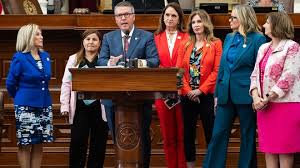
HB 2, the school finance bill
The House then took the floor at 10 a.m. and began debate on its school finance bill, House Bill (HB) 2 by Buckley. While HB 2 is not everything the education community hoped it would be, ATPE supports the bill and its investment in public education.
The bill proposes raising the Basic Allotment—the foundational per-student funding—from $6,160 to $6,555, representing a $395 increase. Additionally, an amendment to the bill proposes a first-ever inflationary metric of sorts that would tie automatic Basic Allotment increases to property value growth. A key provision increases from 30% to 40% the mandated percentage of new funding that must be allocated specifically to salaries for non-administrative staff. This means, if passed, HB 2 would provide educators a much-needed pay raise. Educators with 10 or more years of experience would earn the most money under this plan.
Additionally, the bill tackles another ATPE legislative priority: curbing the sharp rise in uncertified educators. Under the new guidelines, only certified teachers would be allowed to lead core academic classes, a move aimed at maintaining instructional quality and addressing concerns about ensuring all educators placed in core classrooms have proper training and the support needed to teach.
The legislation also proposes an overhaul in the distribution of special education funding. The bill shifts special education funding to a service intensity model, which means the students with the costliest service arrangements would receive the most funding. This change is designed to ensure that funding reflects the individual support requirements of students with disabilities. Currently, students with vastly different needs in the same classroom receive equal funding.
Both Republican and Democratic lawmakers acknowledged the importance of HB 2, though their views on its adequacy diverged. Republicans celebrated it as a landmark investment in public education. Democrats, while supportive of the bill’s intent, criticized it for not going far enough in addressing the scope of challenges faced by schools. Many Texas school districts would continue to face significant hardships under HB 2, including budget shortfalls, teacher shortages, and school closures, all of which are exacerbated by years of stagnant funding and rising costs due to inflation. Of course, those challenges are only expected to increase under the SB 2 school voucher plan.
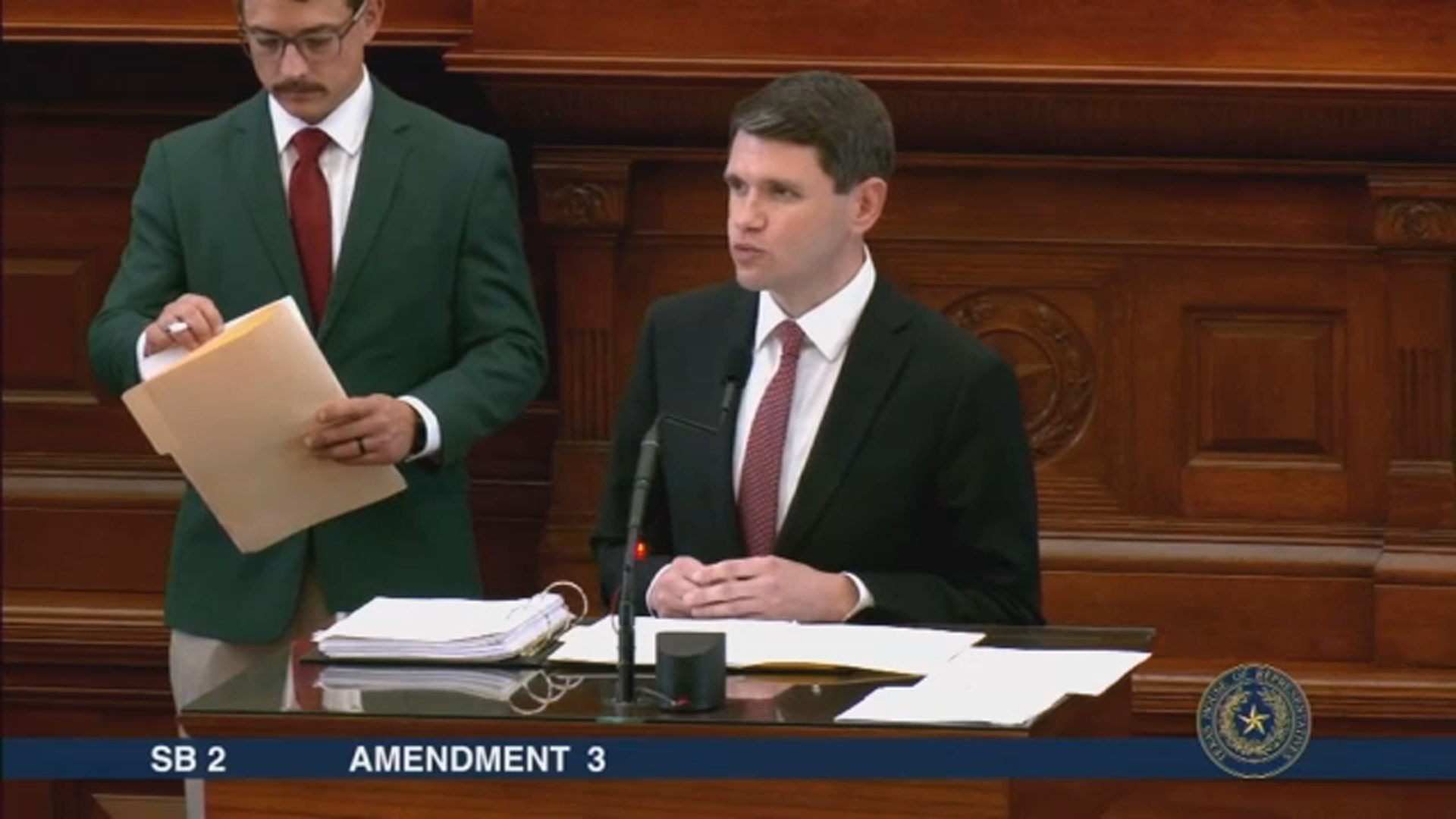
During the school finance debate, Rep. James Talarico (D–Austin) questioned Buckley about whether the proposed $7 billion package was sufficient to truly resolve the crisis in Texas public education.
Talarico: “Will this bill catch us up to 2019 funding levels?”
Buckley: “I believe that this is a bipartisan effort to close the gap.”
Talarico: “I’m going to take that as a no until I get a yes.”
Ultimately, lawmakers approved the bill 144-2, with Speaker Dustin Burrows (R–Lubbock) voting for HB 2 as well, a rare move as speakers abstain from voting on most bills.
HB 2 must still make it through the Senate on its way to the governor’s desk—and with vouchers a done deal, how much incentive is there in the Senate for this to happen?
SB 2, the voucher
The House then moved to considering its version of SB 2, the Senate’s school voucher bill by Chairman Brandon Creighton (R–Conroe), with language from Buckley’s related HB 3 substituted in place of the original Senate language.
SB 2 seeks to create education savings accounts (ESAs), a form of school voucher, using $1 billion in state tax dollars. Notably, this is double the cost ($500,000) of the 2023 version of a similar proposal and is set to balloon to as much as $7 billion next biennium. These accounts would allow families to use public dollars for private school tuition and related expenses such as textbooks, technology, educational therapies, and fees. The amount of money a family receives would be tied to public school funding levels—increasing or decreasing based on the state’s broader education budget.
The House version of the ESA voucher bill includes some prioritization for low-income families and students with disabilities if the number of families who apply for voucher funding exceeds available spots. It is important to note that those students applying for the voucher must also be accepted into the private schools, which are not required to admit any specific student. This caveat has raised concerns from Democratic lawmakers and public education advocates, who warn that vulnerable students will likely still be excluded.
Democrats strongly opposed the voucher bill, arguing it would divert crucial public funds away from already-underfunded public schools and benefit wealthier families who can already afford private education. They criticized the bill as a win for special interests and political donors over everyday Texans.
Rep. Gina Hinojosa (D–Austin) said: “This bill is everything that is wrong with politics.”
Talarico offered a floor amendment to put the voucher on the November ballot for voters to decide. He had been part of a bipartisan movement supporting such a referendum, until it became clear that his Republican allies were no longer willing to back the measure due to gubernatorial pressure. In the weeks preceding the debate, there had been as many as 85-90 votes predicted for the amendment—more than the 76 needed to pass. However, when the governor learned of the plan to give Texas voters the final say on whether to proceed with implementation of his voucher plan, he put enormous pressure on Republican caucus members to abandon the amendment, going so far as to threaten mass vetoes of their bills, extreme primary spending aimed at any who supported the amendment, and calling in President Trump. Ultimately the effort to give Texas voters a direct say failed, receiving support from only one Republican: former House Speaker Dade Phelan (R–Beaumont).
In all, 43 House floor amendments were proposed and defeated. The defeated amendments included those to ensure funding went to students from low-income families; ensure that a voucher would actually cover the cost of private school tuition; prevent private schools from employing known sexual predators on the public school do-not-hire registry; prohibit anyone who has concealed child sexual abuse from serving on the board of a private school receiving voucher funds; create testing parity between public and private schools with the goal of eliminating STAAR; create additional financial transparency and protection for taxpayers; and tie the legislation’s implementation to passage of the school finance bill.
Several once anti-voucher Republicans, under pressure from the governor and the speaker to vote for the bill, worked on a “perfecting amendment” to improve the bill. This, they said in statements after the vote, allowed them to vote for the bill as they felt they had “improved” it. The provisions in that amendment include:
- Requiring private schools to exist for at least two years before participating in the voucher program.
- Empowering the state auditor to more thoroughly investigate organizations administering the program.
- Mandating annual reporting on dropout, expulsion, and graduation data for students with disabilities that is broken down by grade, age, sex, and race or ethnicity.

Following approximately 10 hours of debate on SB 2 and more than 16 hours on the floor, the House voted 85-63 to approve the voucher just after 2 a.m. The 63 no votes included all present Democrats (Rep. Sheryl Cole (D–Austin), was absent), and only two Republicans: Rep. Gary VanDeaver (R–New Boston) and Phelan.
Abbott released a statement following the vote, praising the House for approving SB 2: “For the first time in Texas history, our state has passed a universal school choice bill out of both chambers in the Texas Legislature. ... Texas could not have accomplished this without the hard work and unwavering support from Lieutenant Governor Dan Patrick, Speaker Dustin Burrows, Chairman Brandon Creighton, and Chairman Brad Buckley.”
Over the following weekend, Patrick put out two messages of his own—one praising President Trump, while conspicuously failing to mention Abbott, for pushing the bill through the Texas House, and a second indicating the lieutenant governor favored accepting the House changes to SB 2 without going to conference committee. The Senate took up the House substitute to SB 2 one week after its House final passage. True to foreshadowing, after several speeches by numerous senators and a failed attempt by Sen. Roland Gutierrez (D–San Antonio) to procedurally block the bill’s passage, the full Senate confirmed (passed) the House version of SB 2 by a vote of 19-12. All Democrats plus Sen. Robert Nichols (R–Jacksonville) voted against the voucher bill, and the remainder of the Republican senators voted for it.
SB 2 will now head to Abbott’s desk for his signature. If signed as expected, the voucher bill will almost certainly be challenged in the courts. Barring the resolution of such a suit, the bill will go into effect in the 2026-27 school year.
CONVERSATION
RECOMMENDED FOR YOU

12/19/2025
Teach the Vote’s Week in Review: Dec. 19, 2025
Happy Holidays from ATPE! The ACLU of Texas is challenging SB 12 in federal court, and ATPE has distributed candidate surveys to those running for statewide, legislative, and SBOE seats.
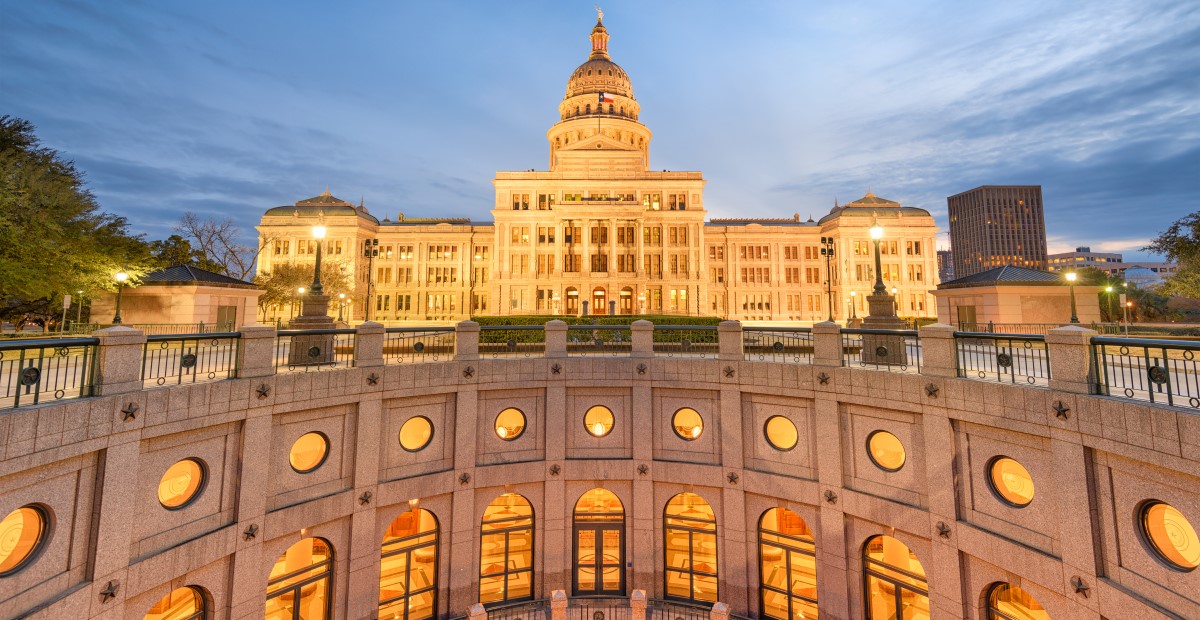
12/18/2025
Gov. Abbott’s property tax promise and the split in the Texas GOP
Property taxes aren’t just a political talking point. They’re the main revenue source for vital local services, including police, fire, and public education.
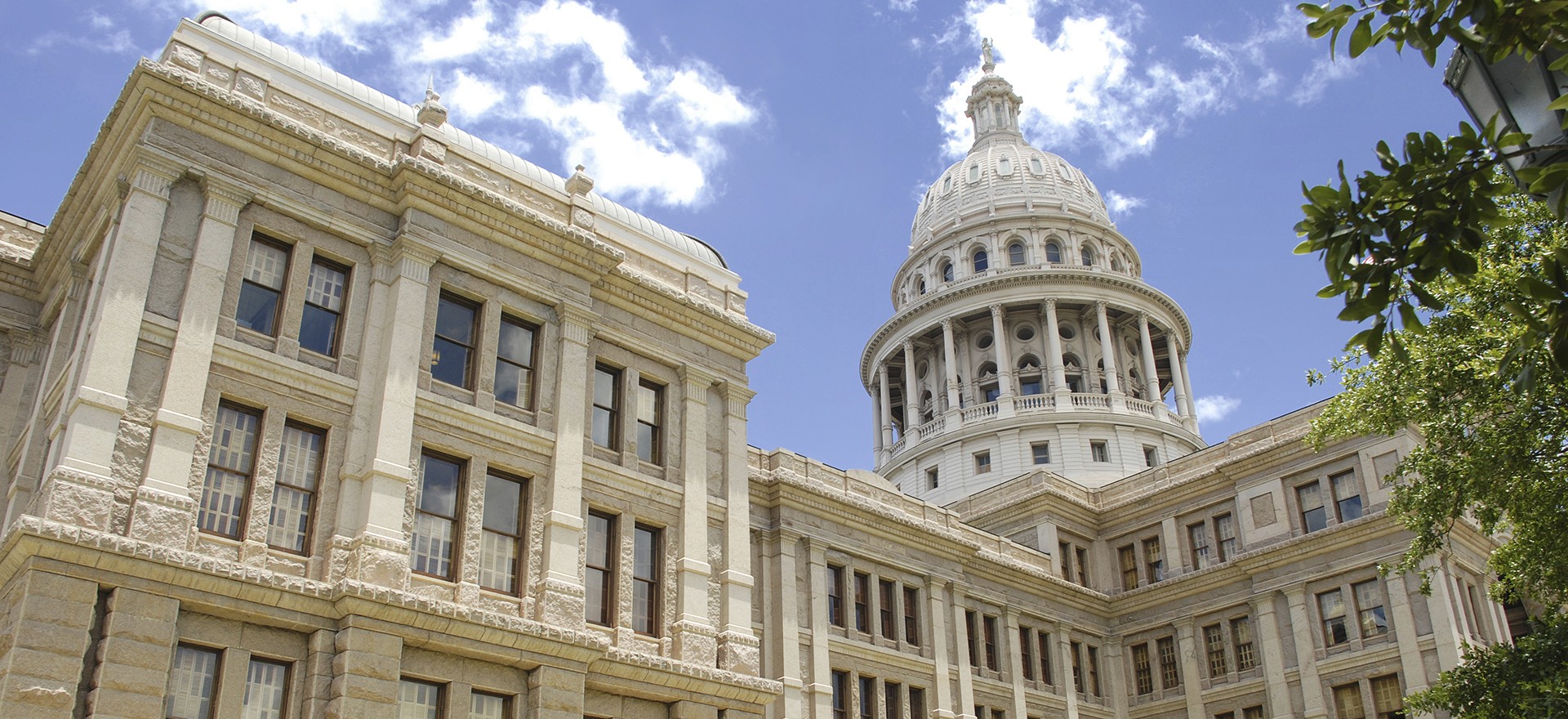
12/12/2025
Dec. 8 filing deadline sets the stage for 2026 elections
Now’s the time to confirm your voter registration and update it if necessary.

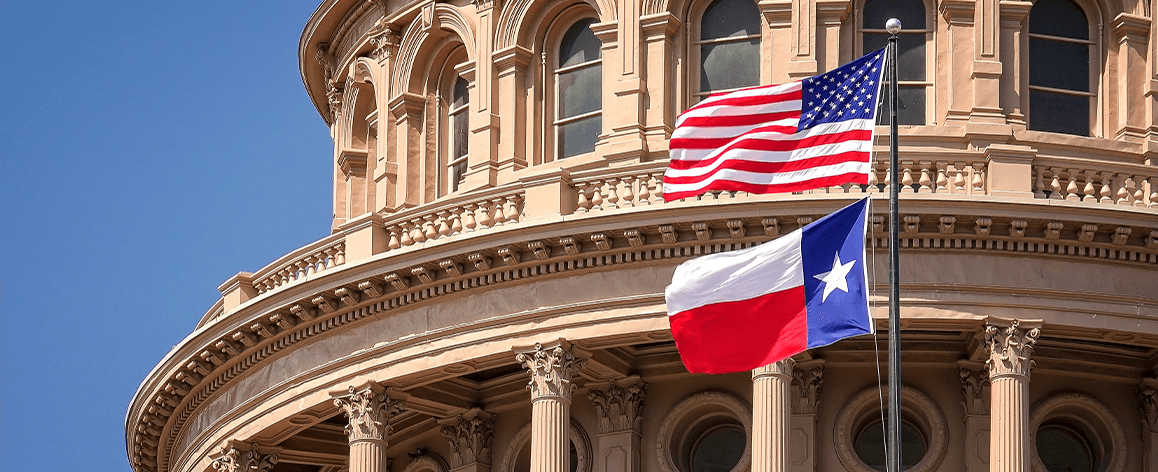
Texas public schools need more funding than what this bill is offering. When you keep the student allotment stagnant as you have for the past 6 years, you are hurting the education of all Texas students. Shame on you!!
Fund public schools 100%.
We are on a hiring freeze. Please fully fund our schools.
Our kids deserve this!
School choice is not an issue. Parents have always had the right to choose a school for their children. I propose the state allocate equal funding per student whether the parental choice is a private or public education. Additionally, private schools should not be allowed to exclude students who need specialized classes to help them succeed not only in school, but also on life. Both public and private students are our future workforce.
Fund public education! Release the funds now!
This is nothing but a tax break for the rich. This does not help the kids in public schools whatsoever.
I completly agree with you Tina! Our public schools need this money, and I don’t feel there is enough oversight put into place with the private aspect passed of this bill to keep our public funds going to reputable private schools. This worries me a lot, as a Public School Counselor.
Please do not move forward with vouchers. This puts such a strain on public school teachers like myself and the students we teach. Resources are already so scarce for our schools and they need a quality education now more than ever. Public students deserve to be fully funded and to not have their funds stripped away from them by private institutions